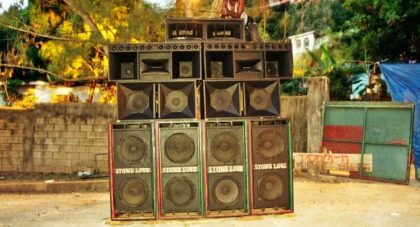For over thirty years, the Australian trio has amassed a body of work that is amorphous, always in flux, and changing with each new studio recording or live performance. To listen to the Necks is to embrace the ephemeral and reject the absolute. Assembled together, all those moments—stored as physical music or kept in the memories of spectators—make up something monumental. What the hell: something definitive . . .
Only the good shit. Aquarium Drunkard is powered by its patrons. Keep the servers humming and help us continue doing it by pledging your support.
To continue reading, become a member or log in.


